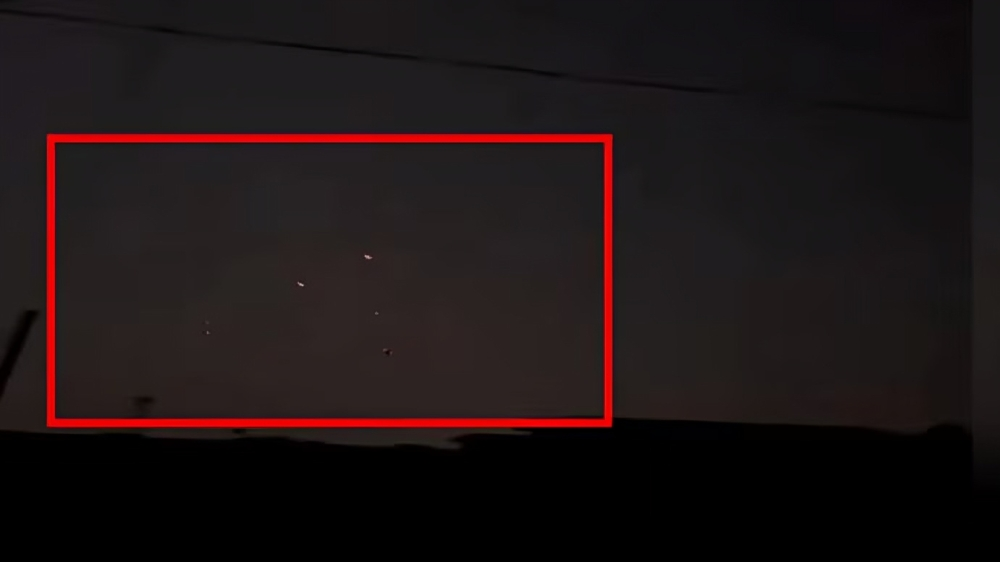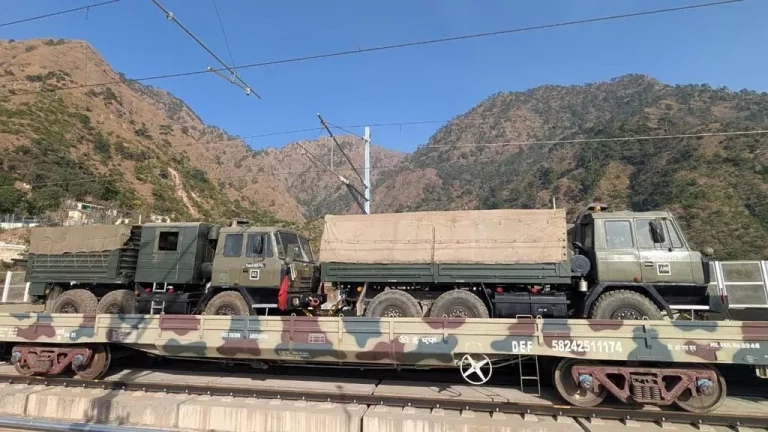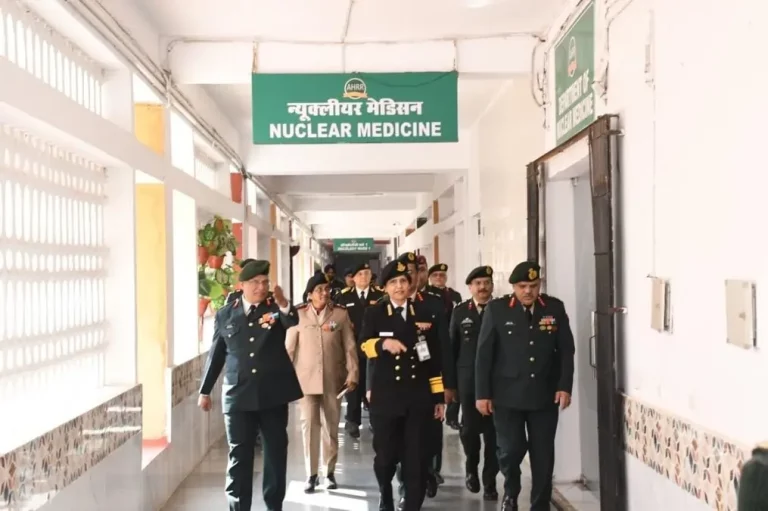India’s air defense forces achieved a significant milestone by successfully intercepting missiles and loitering munitions launched by Pakistan, which targeted critical areas in Jammu and Kashmir, including Satwari, Samba, RS Pura, and Arnia. This incident marks a notable escalation in tensions between the two nuclear-armed neighbors.
The missile and drone attack from Pakistan came as a response to India’s recent Operation Sindoor, a precision strike conducted on May 7 that aimed at dismantling terrorist infrastructure in Pakistan and Pakistan-occupied Jammu and Kashmir (PoJK). This operation was initiated following an earlier terror attack on April 22 in Pahalgam, which resulted in the deaths of 26 individuals, including Hindu pilgrims and a guide.
Defense officials noted that the intercepted munitions employed by Pakistan exhibited tactics similar to those used by groups like Hamas, characterized by saturation attacks aimed at overwhelming defense systems and creating civilian panic. Drone activities were reported and neutralized across multiple Indian states, including Udhampur and Jaisalmer.
Residents in the affected regions reported hearing loud explosions and seeing flashes in the night sky as India’s defense systems activated. In response to the threat, authorities implemented emergency blackouts in cities such as Bikaner (Rajasthan), Jalandhar (Punjab), and various locations in Jammu and Kashmir, including Kishtwar, Akhnoor, Samba, and Amritsar, to protect civilian safety and maintain operational confidentiality.
India’s Foreign Secretary Vikram Misri stated that the country’s actions were carefully calibrated, emphasizing that “the original escalation was by Pakistan.” He described India’s response as targeted, precise, controlled, and focused exclusively on terrorist infrastructure. Misri also issued a warning that any additional aggression from Pakistan would elicit a fitting retaliation.
Simultaneously, Pakistan ramped up shelling along the Line of Control (LoC), utilizing mortars and heavy artillery in several sectors, including Kupwara, Baramulla, Uri, Poonch, Mendhar, and Rajouri. The Indian Defence Ministry reported 16 civilian casualties over the last two weeks from this unprovoked firing, including women and children.
In a coordinated offensive, Pakistan attempted to strike military bases with drone and missile attacks targeting installations in Awantipura, Srinagar, Jammu, Pathankot, Amritsar, Jalandhar, Ludhiana, Chandigarh, and more. However, all incoming threats were effectively neutralized, with debris from the interceptions now undergoing examination for further intelligence insights.
In a rapid response to rising tensions, Indian forces targeted and reportedly neutralized a Pakistani air defense system near Lahore. This marked a rare public recognition of direct action within Pakistani territory and highlighted the seriousness of the ongoing escalation.
Amid these developments, international concerns have escalated, with the U.S. Consulate General in Lahore issuing a shelter-in-place order due to reports of explosions and potential airspace violations. India’s Foreign Minister S. Jaishankar briefed U.S. officials, reaffirming India’s position against cross-border terrorism and its commitment to preventing further military escalation.
As both countries remain on high alert, border regions in India are witnessing heightened tensions. Schools near the frontier have been closed, evacuation protocols are in place, and airports have temporarily suspended operations as the situation continues to evolve. The world watches with bated breath as the India-Pakistan standoff enters a precarious new phase.



















